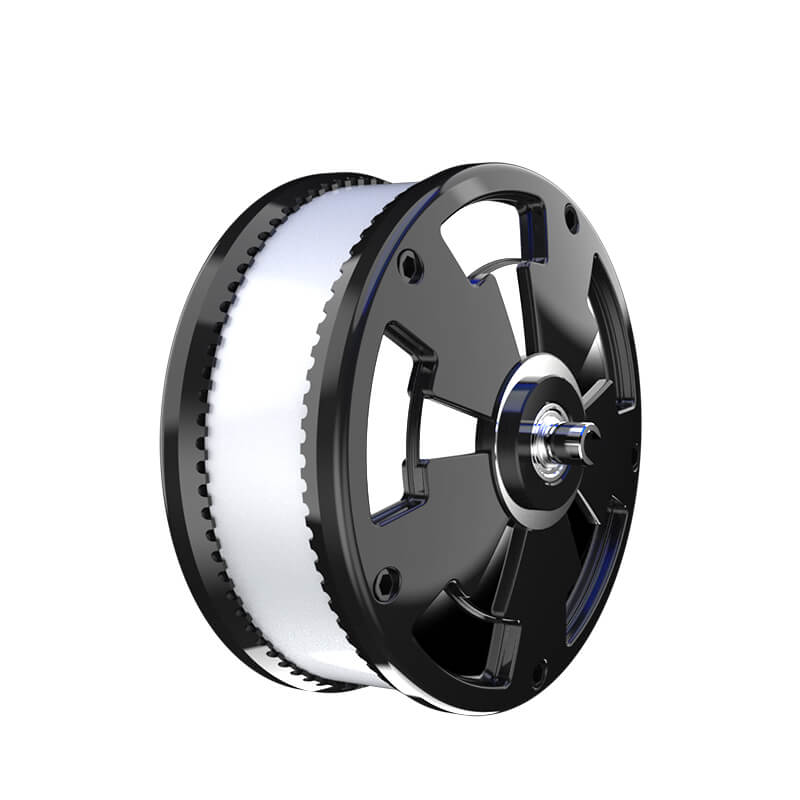Unveiling the Heart of Motion Control: Understanding Motor Servo Pinouts
In the realm of robotics, automation, and hobbyist projects, servo motors stand out as essential components that bring precise movement and control. Whether you're building a robotic arm, a drone, or an autonomous vehicle, understanding the intricacies of how servo motors connect and communicate is vital. Central to this is the concept of motor servo pinout, which essentially is a roadmap detailing how each wire or pin functions within a servo.

What is a Servo Motor?
Before delving into pinouts, it’s helpful to clarify what a servo motor is. Unlike regular DC motors, servo motors include an internal control circuit that enables precise movements based on input signals, typically PWM (Pulse Width Modulation). This integration allows for accurate positioning and holding of mechanical parts, making servos indispensable for applications requiring finesse.
Common Types of Servo Motors
Servos come in various forms—linear, rotary, continuous rotation—but for most hobbyist and embedded purposes, standard small-scale rotary servos are prevalent. They typically operate on a set voltage and communicate via standard pins. Inside the casing, you'll find gears, a motor, and control circuits.
Breaking Down the Pinout: Why Is It Important?
The pinout of a servo provides detailed information on how to correctly wire and power the device. Proper wiring ensures safety, reliability, and optimal performance. Miswiring can lead to erratic movements, damage, or complete failure of the servo.
Typical Components in a Servo Connector
Most common servos have a three-pin connector, which includes:
Power (V+ or +): Supplies voltage to the servo, typically 4.8V to 6V for hobby servos. Ground (GND or -): Completes the electrical circuit. Signal (PWM): Receives the control signal that dictates the position or speed.
Color Coding and Standardization
While there's some variation among manufacturers, the industry has largely converged on a color scheme:
Red: Power (V+). Black or Brown: Ground (GND). White, Yellow, Orange, or Blue: Signal.
Understanding these conventions helps when sourcing replacement parts or troubleshooting wiring issues.
Exploring the Pin Functions
Power Pin (+V): This pin supplies the necessary voltage to energize the servo's internal circuitry. It’s critical that your power source matches the servo’s rated voltage to prevent overheating or damage. Ground Pin: Acts as a reference point and an essential component for completing the electrical circuit. Proper grounding reduces electromagnetic interference (EMI) and ensures signal stability. Signal Pin: This pin receives a PWM signal from a microcontroller or servo driver. The duration of this PWM pulse determines the servo's position—commonly, 1ms to 2ms pulse width corresponds to the full range of motion.
Wiring Essentials: Correct and Secure Connections
Using the right connectors and ensuring secure wiring is key. Many hobbyists use servo extension cables or breakout boards to manage multiple servos efficiently. When wiring, keep power and ground wires thick to support current, and ensure the signal wire is free from interference by twisting it with ground or keeping it away from noise sources.
Power Supply Considerations
Powering servos requires attention. Servos draw more current during movement, which can cause voltage dips or brownouts if your power supply isn't adequate. Using a dedicated power source for servos, separate from logic circuits, helps maintain stability.
Standard PWM Signal Specifications
Servos interpret PWM signals within a specific pulse duration range. Typically:
1ms pulse positions the servo at 0 degrees. 1.5ms corresponds to the center position (90 degrees). 2ms reaches full rotation at 180 degrees.
Controllers such as Arduino, Raspberry Pi, or dedicated servo drivers output these signals, making understanding the pinout even more critical for seamless integration.
The Anatomy of a Typical Servo Connector
Most hobby servos feature a three-pin header in a specific arrangement—often with the signal pin on the left, power in the middle, and ground on the right, or vice versa. Always verify with datasheets or markings, as mistakes in wiring can cause improper operation or damage.
Final Tips for Beginners
Always consult the datasheet or manufacturer’s documentation for specific pinout information. Use multimeters to verify connections before powering the servo. Avoid reversing power and ground connections—this can cause immediate damage. When in doubt, test connections with a low voltage before full operation.
Conclusion of Part 1
Understanding the motor servo pinout forms the foundation for building reliable and efficient robotic systems. By recognizing the standard pin functions, color coding, and wiring principles, you set yourself up for success in any project involving servo motors. In the next part, we’ll explore advanced wiring configurations, troubleshooting tips, and how to customize pinouts for specialized applications.
Leveraging innovations in modular drive technology, Kpower integrates high-performance motors, precision reducers, and multi-protocol control systems to provide efficient and customized smart drive system solutions.




































